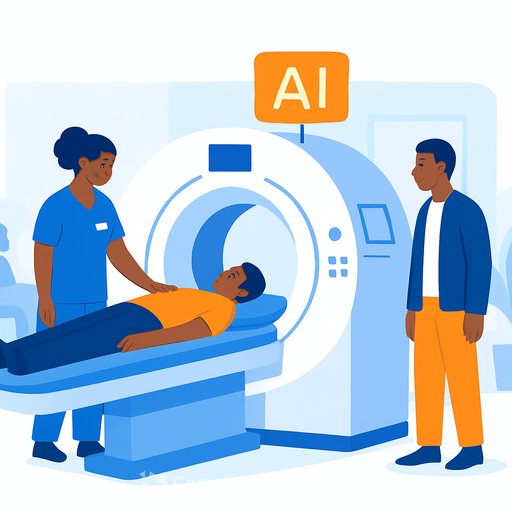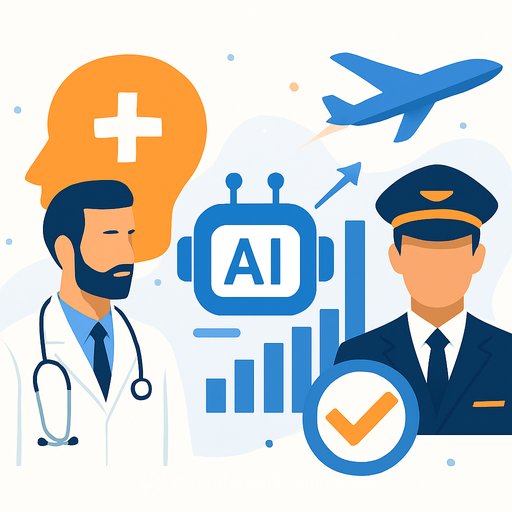America’s AI Action Plan: What Healthcare Professionals Need to Know
Last week, the White House unveiled “America’s AI Action Plan,” a federal strategy focused on securing the nation’s leadership in AI diplomacy and security. The plan pushes for American dominance in AI mostly through deregulation, expanding AI infrastructure, and encouraging a “try-first” culture for innovation.
Key Measures Included in the Plan
Deregulation
The plan targets state and local regulations that slow AI progress. It also proposes withholding federal funding from states that impose restrictive AI rules.
Innovation
Government-run regulatory sandboxes will be set up. These sandboxes provide safe spaces where companies can test new AI technologies without facing immediate regulatory hurdles.
Infrastructure
The plan calls for a swift expansion of AI infrastructure, including fast-tracking permits for data centers and enhancing the power grid. Companies will receive tax incentives to support this buildout.
Data
Industry-specific data usage guidelines will be created to speed up AI adoption in sectors like healthcare, agriculture, and energy.
Healthcare Community's Take
Healthcare AI leaders generally welcome the plan’s push for innovation and improved AI infrastructure. They appreciate efforts to enhance data exchange standards but have concerns about certain gaps.
- Lack of Focus on AI Safety: AI safety is a significant priority in healthcare AI, yet the plan does not address it. Organizations like the Coalition for Health AI emphasize responsible AI use, which involves patient safety and ethical considerations.
- Missing Mention of Key Regulators: The plan overlooks the Office of the National Coordinator for Health Information Technology (ONC), the main federal body overseeing health IT and medical records. This omission is notable given the rise of AI tools like AI scribes in clinical settings.
- Need for Technical Standards: The plan’s recognition of technical data standards is a positive step. Standards from organizations such as HL7 and oversight by the National Institute of Standards and Technology (NIST) ensure consistent data exchange, which is essential for reliable AI performance.
- Patient Consent Concerns: The plan does not clearly address patient consent regarding data use for AI. Without federal rules, states may impose varied laws, causing a patchwork of regulations. A federal framework would provide clearer guidance on transparency and consent.
Infrastructure Deregulation and Its Impact
Training and running AI models require massive computing power and energy. Some states have tried to regulate data center growth to manage energy consumption and environmental effects. The plan aims to remove these barriers to allow smoother AI development.
What This Means for Healthcare Professionals
Healthcare is poised to benefit from increased AI innovation and better infrastructure. However, professionals should stay alert to ongoing discussions about AI safety and patient privacy. Advocating for clear consent rules and robust safety standards will help ensure AI tools support patient care responsibly.
For healthcare workers interested in expanding their AI knowledge and skills, exploring targeted AI courses for healthcare professionals can provide practical insights and training.
Your membership also unlocks:





